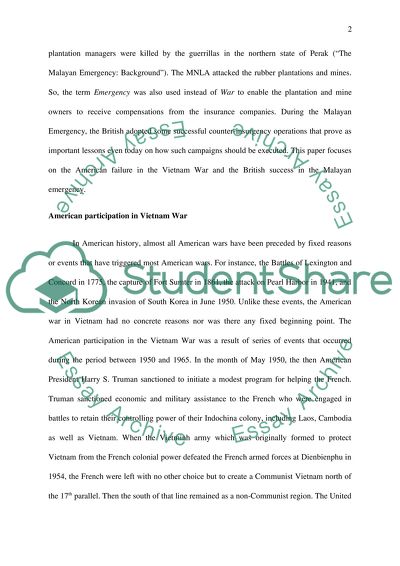Cite this document
(“Why were the Americans unable to prevail in Vietnam whilst the British Essay”, n.d.)
Why were the Americans unable to prevail in Vietnam whilst the British Essay. Retrieved from https://studentshare.org/history/1403681-why-were-the-americans-unable-to-prevail-in
Why were the Americans unable to prevail in Vietnam whilst the British Essay. Retrieved from https://studentshare.org/history/1403681-why-were-the-americans-unable-to-prevail-in
(Why Were the Americans Unable to Prevail in Vietnam Whilst the British Essay)
Why Were the Americans Unable to Prevail in Vietnam Whilst the British Essay. https://studentshare.org/history/1403681-why-were-the-americans-unable-to-prevail-in.
Why Were the Americans Unable to Prevail in Vietnam Whilst the British Essay. https://studentshare.org/history/1403681-why-were-the-americans-unable-to-prevail-in.
“Why Were the Americans Unable to Prevail in Vietnam Whilst the British Essay”, n.d. https://studentshare.org/history/1403681-why-were-the-americans-unable-to-prevail-in.


